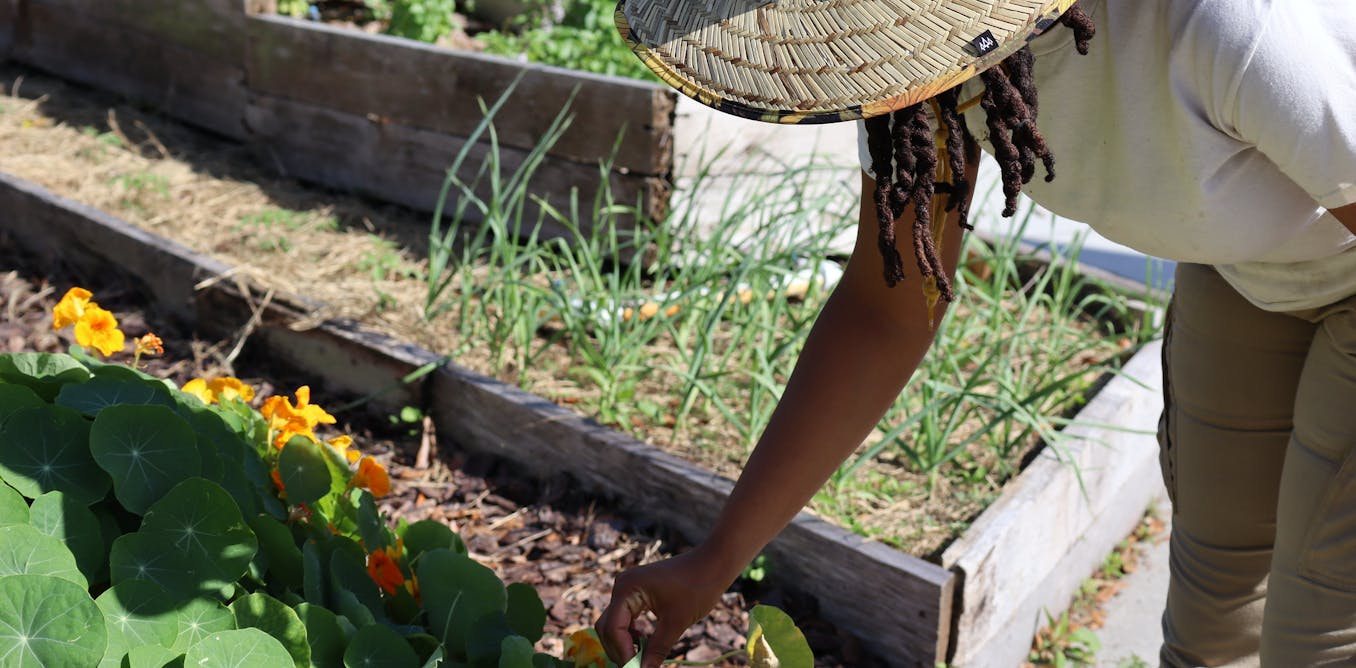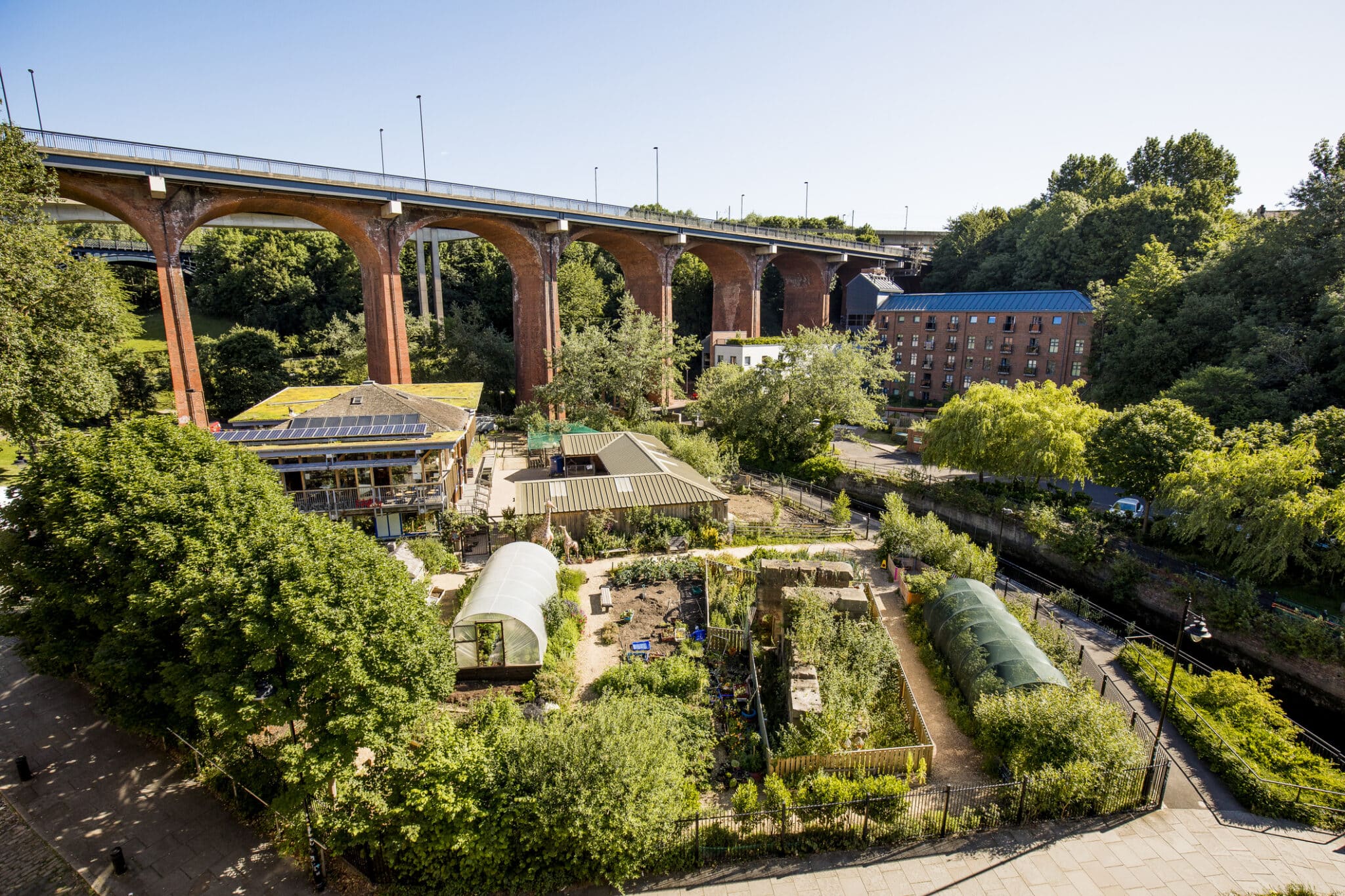The Basic Principles Of City Blooming
The Basic Principles Of City Blooming
Blog Article
City Blooming for Dummies
Table of ContentsUnknown Facts About City BloomingCity Blooming - The FactsTop Guidelines Of City BloomingThe Buzz on City BloomingThe Definitive Guide to City Blooming
Interested in growing food available in the City of Chicago? Considering beginning a neighborhood yard? Changes to the Chicago Zoning Statute permit agricultural uses like area gardens and urban farms in numerous parts of the city. Below is a list of often asked questions relating to the regulations and guidelines that cultivators must think about when planning an urban farming job.
The zoning change does not change any type of various other codes handling composting, structure authorizations, purchasing or leasing City possessed residential property, company licenses or ecological contamination. There are existing codes that regulate these problems and they remain completely result and might apply to your task. Neighborhood gardens are typically owned or handled by public entities, public organizations or community-based companies and preserved by volunteers.
Urban farms expand food that is planned to be marketed, either on a not-for-profit or for-profit basis. Due to their industrial objective, metropolitan farms need a business permit.
Some Ideas on City Blooming You Need To Know
Composting is enabled but just for plant product that is produced and made use of on website. The quantity of garden compost product can not surpass 25 cubic yards at any kind of offered time according to the standards in 7-28-715 of the City's Municipal Code. Yes. Since the dirt at the majority of new yard websites requires changing, garden compost, dirt, timber chips, or various other materials can be gotten to build or improve the expanding area - home and garden.

If a building authorization is needed after that the hoophouse will be taken into consideration an accessory structure. You can locate out even more regarding the structure permit requirements by calling the Division of Buildings. The 25,000-square-foot dimension restriction is planned to protect against a solitary neighborhood garden from dominating a provided block or diminishing the block's existing residential or business character.
The restriction does not relate to gardens located in Public Open Space (POS) districts. Can there be greater than one area yard that is 25,000 square feet on a solitary block? Yes. The dimension limitation puts on private gardens, not to specific blocks. No. Fence is not called for, nevertheless, yards that have large parking lot may be needed to set up fence or other landscaping attributes.
What Does City Blooming Do?
B1 & B2 areas call for that all business use activities be conducted indoors. Is fencing required for metropolitan farms? Fences might be called for, along with landscape design and testing, for certain auto parking areas and exterior work or storage space locations depending on location and the specific activity taking place.
Yes. Urban ranches require building licenses and zoning authorizations prior to building and construction. Various other kinds of city evaluation might be needed depending upon specific frameworks, tasks, size, landscaping, licensing, public health and stormwater administration concerns. Numerous of these requirements are identified in the project style or permitting process, nonetheless, the candidate might be liable to separately determine details licenses or allows that might be required.
The Division of Company Affairs and Customer Security can help determine the particular type of service permit that's called for. Off street auto parking is required for many industrial projects in Chicago. The needed number of auto parking areas is based on the number of workers working on website and not the square video footage of the growing room.
3 Simple Techniques For City Blooming

A city ranch can offer garden compost material generated on site, nevertheless, the procedure needs to conform with the guidelines in 7-28-715 of the Chicago Municipal Code. Aquaponic systems are permitted inside on urban farms in many zoning areas.
Approximately 5 hives or swarms of honey may be kept as an accessory use. However, beekeepers need to sign up with the Illinois Division of Agriculture. For more details about the recommended zoning amendment you may call the Division of Real Estate and Economic Continue Development, Bureau of Planning and Zoning at 312.744.8563.
Farming in cities and metropolitan areas An urban farm in Chicago. Urban agriculture refers to various techniques of cultivating. https://city-blooming.webflow.io/, handling, and distributing food in urban areas. The term additionally relates to the location tasks of animal husbandry, tank farming, beekeeping, and horticulture in a metropolitan context. Urban farming is identified from peri-urban farming, which happens in backwoods beside suburbs.
Everything about City Blooming
, that look for to develop social networks founded on a common values of nature and community holism. These networks can establish by means of official institutional assistance, ending up being integrated right into neighborhood town preparation as a "transition community" motion for lasting urban advancement.
Some of the initial evidence of metropolitan agriculture comes from Mesopotamia.
Report this page